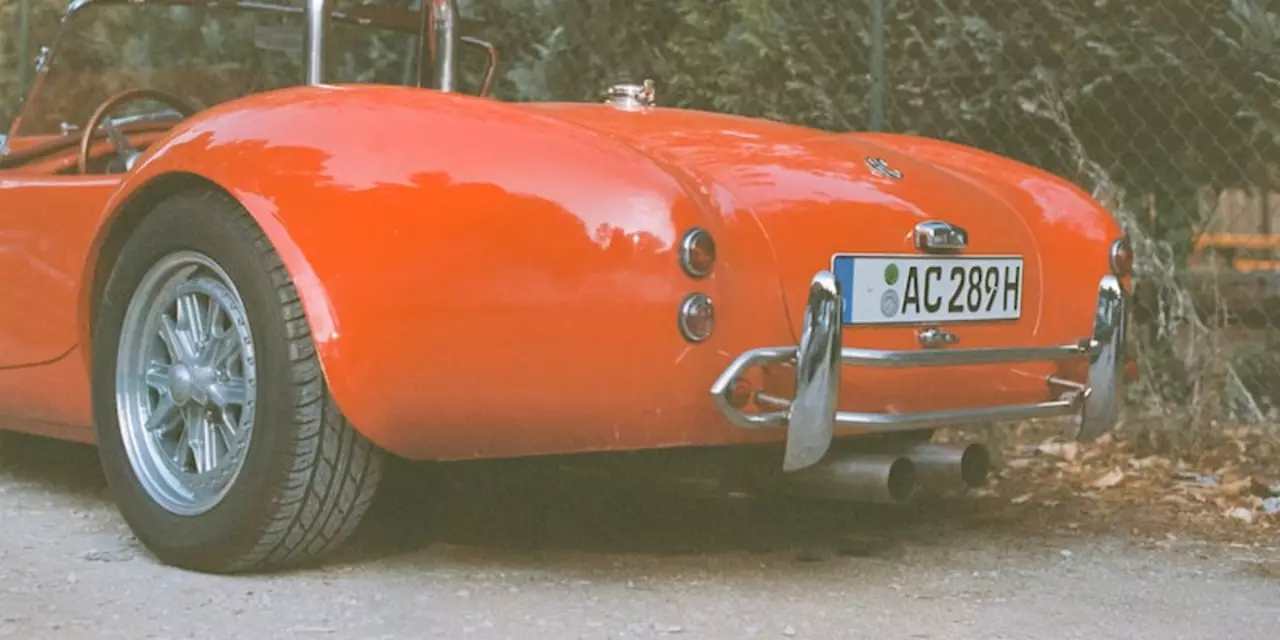Auto Maintenance & Repair – Simple Fixes for Everyday Car Issues
Keeping your car in good shape doesn’t have to be a mystery. A few basic checks and quick fixes can save you time, money, and a lot of hassle. Whether you’re a seasoned gearhead or just getting your first set of wheels, the info below will help you tackle one of the most puzzling problems you might see – oil in the radiator.
Seeing a milky, oily swirl in your coolant tank is enough to make any driver nervous. It’s not just a cosmetic issue; it can quickly damage the cooling system and strip power from your engine. The good news? Most of the time you can pinpoint the cause and decide whether you need a DIY fix or a professional’s help.
Why Oil Ends Up in Your Radiator
The most common culprit is a leaking head gasket. This seal sits between the engine block and the cylinder head, and when it fails, oil can seep into the coolant passages. A cracked or worn oil cooler can do the same thing – it’s designed to cool oil, but a breach lets oil leak right into the radiator. Even an improperly done oil change can introduce oil into the cooling system if the drain plug or filter isn’t sealed correctly.
Other, less frequent reasons include a cracked engine block or a damaged radiator itself. In any case, if you spot oil in the coolant, the first step is to stop driving the car. Overheating can cause severe engine damage in a matter of minutes.
What to Do When You Spot Oil in the Coolant
Start by checking the coolant reservoir for a slick, brownish film. If it’s there, give the engine a quick visual inspection for any external oil leaks around the head gasket area, oil cooler, or radiator lines. Next, do a pressure test on the cooling system – you can rent a tester from most auto parts stores. This will reveal if the system is holding pressure or if there’s a leak letting oil in.
If the pressure test shows a drop, the head gasket is the likely suspect. Replacing a head gasket is a job for someone comfortable with major engine work, so it’s wise to get a qualified mechanic involved. For a leaky oil cooler, the part is usually replaceable without removing the whole engine. In the case of a botched oil change, simply draining the coolant, flushing the system, and refilling with fresh coolant often solves the problem.
Regardless of the cause, after any repair you should run the engine and monitor the coolant for a clear, oil‑free appearance. A small amount of air bubbles is normal, but any persistent oil residue means the source is still leaking.
Regular maintenance helps prevent these headaches. Change your coolant according to the manufacturer’s schedule, keep an eye on oil levels, and replace the oil filter every 5,000‑7,500 miles. If you notice any unusual smells, smoke, or overheating, don’t wait – check the coolant and oil quickly.
Got more auto questions? Dive into our other posts on brake maintenance, tire care, and performance upgrades. Staying informed is the best way to keep your ride happy and reliable.
Why is there oil in my car's radiator?
Oil in the car's radiator is a common problem that can be caused by a few different factors. The most common cause is a leaking head gasket, which is a seal between the engine block and cylinder head that can be damaged over time. Another possible cause is a leaking oil cooler, which is a device that cools engine oil and helps keep it at a consistent temperature. Finally, an oil change that was not done properly could lead to oil entering the radiator. In any case, the presence of oil in the radiator should be addressed immediately, as it can cause damage to the cooling system and reduce the car's performance.
